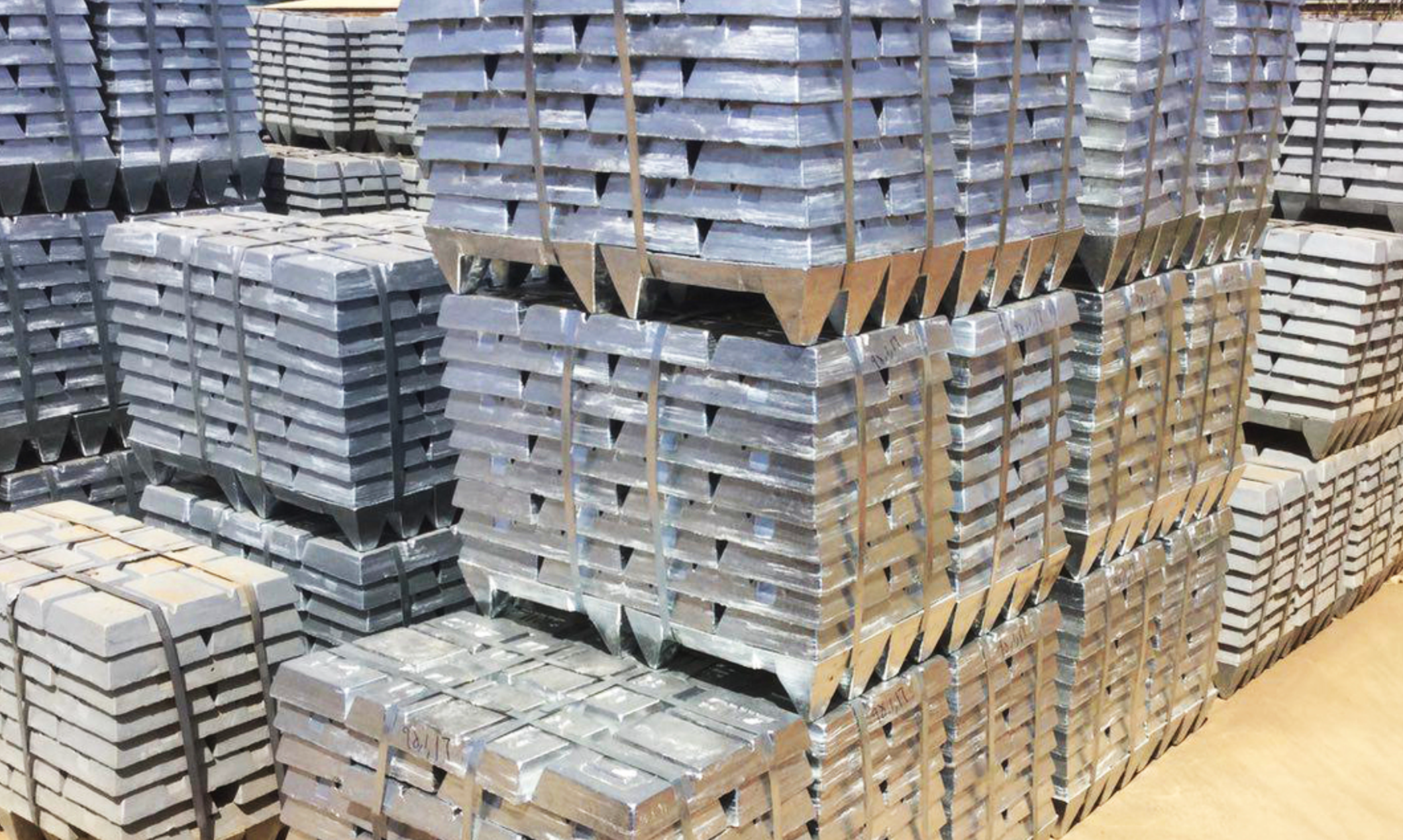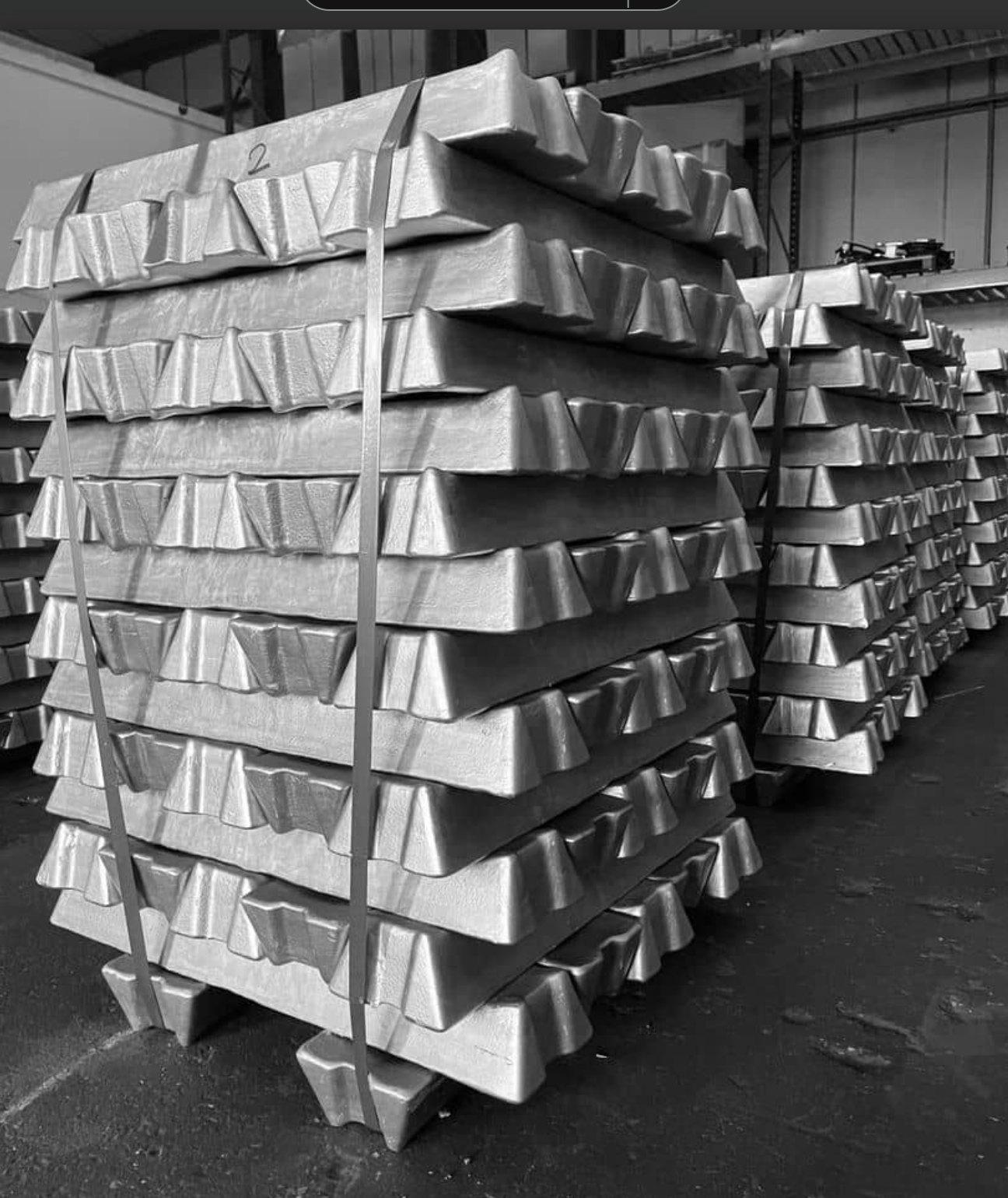Zinc block is a crucial material in various industrial applications, especially in marine and construction sectors, due to its excellent corrosion-resistant properties. Known for its role in cathodic protection systems, it helps prevent rust and deterioration in metal structures exposed to moisture or seawater. The versatility and effectiveness of this metal make it a popular choice in manufacturing, where durability and longevity are critical. As demand for sustainable and reliable materials increases, understanding the benefits and uses of Zinc block becomes more important than ever for engineers, manufacturers, and infrastructure developers aiming to optimize performance and reduce maintenance costs.
Zinc block is widely utilized across multiple industries due to its unique chemical and physical properties. One of its most critical roles is in marine engineering, where it serves as a sacrificial anode to protect metal surfaces from corrosion in seawater environments. This application is especially valuable in shipbuilding, offshore platforms, and pipelines, where steel structures are consistently exposed to harsh and corrosive elements.
In the automotive sector, zinc block is used in the die-casting of complex components due to its excellent fluidity and dimensional stability. These components include carburetors, fuel pumps, and decorative trims. The ability of zinc to combine with other metals to form high-strength alloys makes it an ideal material for parts that require both durability and precision.
Another important use of zinc block is in the construction industry, where it is often implemented in roofing, flashing, and cladding materials. Zinc’s natural patina formation provides a self-healing property that enhances the longevity of architectural elements, reducing the need for regular maintenance or replacement.

Cathodic protection is a technique used to control the corrosion of metal surfaces by converting them into a cathode of an electrochemical cell. Zinc block plays a central role in this system, especially in galvanic (or sacrificial) anode protection methods. Its electrochemical properties make it one of the most efficient and cost-effective choices for this purpose.
When a zinc block is connected to a steel structure submerged in water or buried underground, it corrodes instead of the protected metal. This process, known as galvanic corrosion, effectively sacrifices the zinc to preserve the integrity of more valuable metals like steel or iron. As a result, the lifespan of pipelines, storage tanks, and ship hulls is significantly extended.
Key advantages of using zinc block for cathodic protection include:
While zinc block is a leading choice in cathodic protection, it competes with other materials like aluminum and magnesium in specific environments. Each material offers distinct benefits and drawbacks, depending on the application context.
Zinc is preferred in saltwater environments because it has a lower driving voltage compared to magnesium, making it suitable for steel protection without causing hydrogen embrittlement. Its performance is consistent even in brackish water conditions, where other materials may degrade or fail prematurely.
Magnesium, on the other hand, has a much higher driving potential, which makes it more effective in highly resistive soils. However, its rapid consumption rate and potential for overprotection can limit its applicability in marine systems.
Aluminum anodes are lighter and often cheaper than zinc blocks, but they may require special activation to perform efficiently. Moreover, in colder waters or low-temperature conditions, aluminum may not offer the same level of consistent protection as zinc.
From Stavian Industrial Metal’s experience, choosing the right sacrificial anode material involves balancing factors such as:
Zinc block used for industrial purposes must meet stringent quality standards to ensure optimal performance and safety. Typically produced through casting processes, these blocks can be tailored in size and shape to meet specific project requirements.
The purity of zinc is a critical factor. Stavian Industrial Metal ensures all zinc blocks meet or exceed industry benchmarks, often utilizing high-purity zinc (typically 99.995% Zn) as the base material. Small amounts of alloying elements like aluminum or cadmium may be added to improve mechanical strength or modify electrochemical properties, depending on the application.
Key considerations during the manufacturing process include:
Quality assurance protocols such as spectrometric analysis, corrosion rate testing, and structural integrity inspections are integral to our production process. This guarantees that every zinc block leaving our facilities delivers consistent performance and durability in field applications.

Zinc block is not only effective but also environmentally responsible when used correctly. Zinc is a naturally occurring element that is non-toxic in small amounts, and it plays an essential role in various biological processes. When deployed in cathodic protection, the degradation products of zinc block do not introduce harmful substances into the surrounding environment.
However, it’s crucial to manage the lifecycle of zinc products properly. Accumulated corrosion residues should be disposed of following environmental regulations to prevent soil or water contamination. At Stavian Industrial Metal, we advocate for sustainable practices including the recycling of used zinc blocks whenever possible.
Safety during handling and installation is another key concern. Zinc is generally safe to handle, but precautions should be taken to avoid inhalation of zinc dust or fumes, particularly during cutting, welding, or high-temperature processing. Personal protective equipment (PPE) and proper ventilation systems are recommended in industrial environments.
In many industrial projects, one-size-fits-all solutions are insufficient. This is where customized zinc block engineering becomes critical. At Stavian Industrial Metal, we work closely with engineers, designers, and procurement specialists to develop zinc blocks that meet unique operational demands.
Customized zinc blocks can be fabricated in various shapes such as cylindrical, rectangular, or curved forms, depending on their installation environment. For example, curved zinc blocks are often used in ship hulls and pipelines to ensure even distribution of cathodic protection. Similarly, pre-drilled blocks with integrated mounting hardware allow for faster and more secure installations on offshore platforms and storage tanks.
In addition to shape and size, we offer flexibility in:
By offering these tailored solutions, Stavian Industrial Metal ensures that our clients receive products that align precisely with their technical specifications and field conditions.
Understanding the lifecycle of a zinc block is essential for maintaining effective protection. Over time, the zinc block corrodes as intended, gradually diminishing in size and effectiveness. Regular inspection and timely replacement are necessary to maintain system integrity and prevent corrosion of the protected metal surfaces.
The frequency of replacement depends on several variables:
In marine vessels, zinc blocks may need to be replaced every 6 to 24 months, depending on usage and exposure. On offshore platforms or buried pipelines, the replacement cycle could extend up to five years or more with proper monitoring.
Stavian Industrial Metal provides consulting and monitoring services to help clients establish optimal inspection schedules. We recommend:
This proactive approach minimizes downtime, enhances safety, and maximizes the return on investment in corrosion control systems.
To ensure the effectiveness and safety of zinc blocks, adherence to international standards is non-negotiable. Products from Stavian Industrial Metal are manufactured in compliance with globally recognized benchmarks, which guarantees compatibility and performance across a wide range of applications.
Some of the most relevant standards include:
Meeting these certifications involves rigorous quality control, including:
By maintaining strict compliance, Stavian Industrial Metal ensures that every zinc block delivers reliable protection, meets client expectations, and passes regulatory inspections with confidence.
While the initial cost of implementing cathodic protection using zinc blocks can be significant, the long-term economic benefits far outweigh the upfront investment. Corrosion-related failures can result in enormous repair costs, operational downtime, and even environmental penalties. By extending the service life of assets and reducing maintenance frequency, zinc blocks contribute to substantial cost savings.
In offshore oil and gas operations, for example, the failure of a single underwater pipeline due to corrosion can result in millions of dollars in damage and production losses. The relatively low cost of zinc block systems acts as insurance against such catastrophic failures.
Key financial benefits include:
Stavian Industrial Metal also supports clients in performing ROI analyses, helping decision-makers understand the cost-effectiveness of zinc block systems over a 10–20 year lifecycle. This evidence-based approach empowers project managers and investors to make informed, strategic choices.
As materials science continues to evolve, so does the technology behind zinc block production. Researchers and manufacturers are constantly seeking ways to improve performance, sustainability, and ease of use. At Stavian Industrial Metal, we are actively investing in R&D to stay at the forefront of these innovations.
Recent developments in zinc block technology include:
Additionally, digital twin modeling and AI-powered simulations are being used to predict corrosion behavior under different environmental scenarios. This allows for the optimal design and placement of zinc blocks even before physical implementation.
We are also exploring advanced casting techniques to improve density uniformity, reduce waste, and lower production emissions. These innovations not only enhance the effectiveness of zinc blocks but also align with global goals for greener industrial practices.
With rising global demand for corrosion protection materials, the supply chain for zinc block must be robust and responsive. As a trusted supplier, Stavian Industrial Metal ensures timely delivery and inventory management across international markets.
Key logistical strengths include:
We also offer just-in-time delivery services for clients operating in remote or offshore locations. This minimizes storage requirements and ensures fresh, ready-to-install zinc blocks when needed.
Our global logistics team is experienced in handling international shipping documentation, customs compliance, and packaging standards. Whether it’s a single container to a local dock or a full shipment to a multi-national infrastructure project, our supply chain is built to deliver performance without compromise.
Address
Website: https://stavianmetal.com
Email: info@stavianmetal.com
